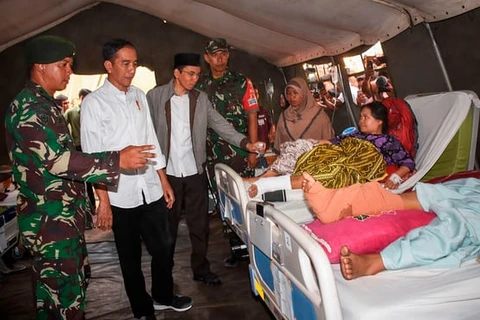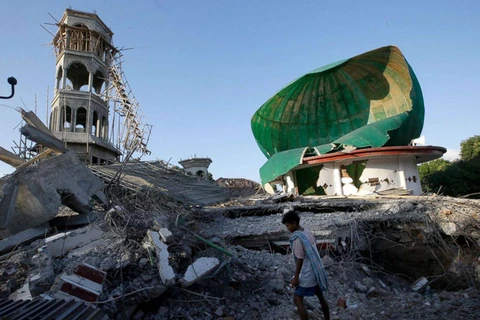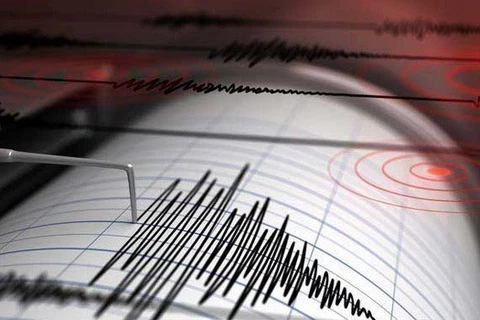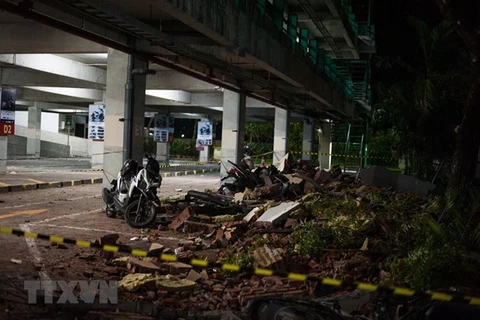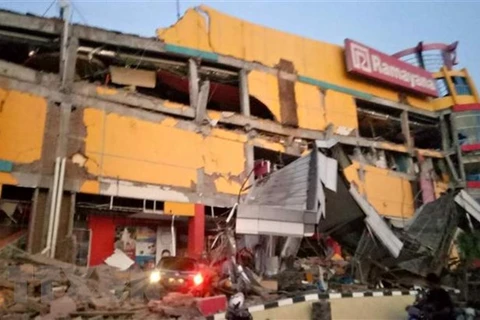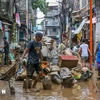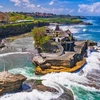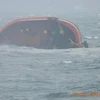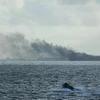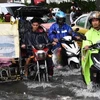Jakarta (VNA) – Many areas in Indonesia’s Central Sulawesi province remain out of reach as communications system has yet to be restored and road systems were damaged.
Spokesman of the Indonesian National Board for Disaster Management (BNPB) Sutopo Purwo Nugroho said Donggala is still unreachable because communications has been cut off.
A team has been dispatched to the area, he added, saying the number of victims was likely to increase because rescue teams have yet to reach other affected areas.
[Indonesia: Death toll from earthquake, tsunami amounts to 384]
Earthquakes and tsunami damaged electricity and communications networks in the region, and the BNPB has yet to connect with Donggala, the nearest residential area to the quake’s epicentre.
Sutopo said the earthquake had knocked out seven power stations owned by state electricity company PLN in Palu and Donggala. There are 276 base network stations that stopped working.
He noted that fixing the electricity and communication networks should be a priority right now, besides evacuating people. On September 29 morning, the PLN managed to power up two of the power stations.
Airplanes carrying necessities were mobilised to support victims. However, there are difficulties as Palu city’s airport was closed after its runway and air traffic control tower were damaged.
Indonesia has mobilised military aircraft to transfer necessities to local people. Road traffic in east and south areas to Palu were also interrupted.
At least 384 people are dead, 29 missing and 540 injured as rescue teams scoured the ravaged city of Palu, Central Sulawesi, on September 29, a day after strong earthquakes and tsunami hit the region.
A series of earthquakes in July and August killed nearly 500 people on the holiday island of Lombok, hundreds of kilometres southwest of Sulawesi.
Indonesia sits on the Pacific Ring of Fire and is regularly hit by earthquakes. In 2004, a big earthquake off the northern Indonesian island of Sumatra triggered a tsunami across the Indian Ocean, killing 220,000 people in 13 countries, including more than 168,000 in Indonesia.-VNA

